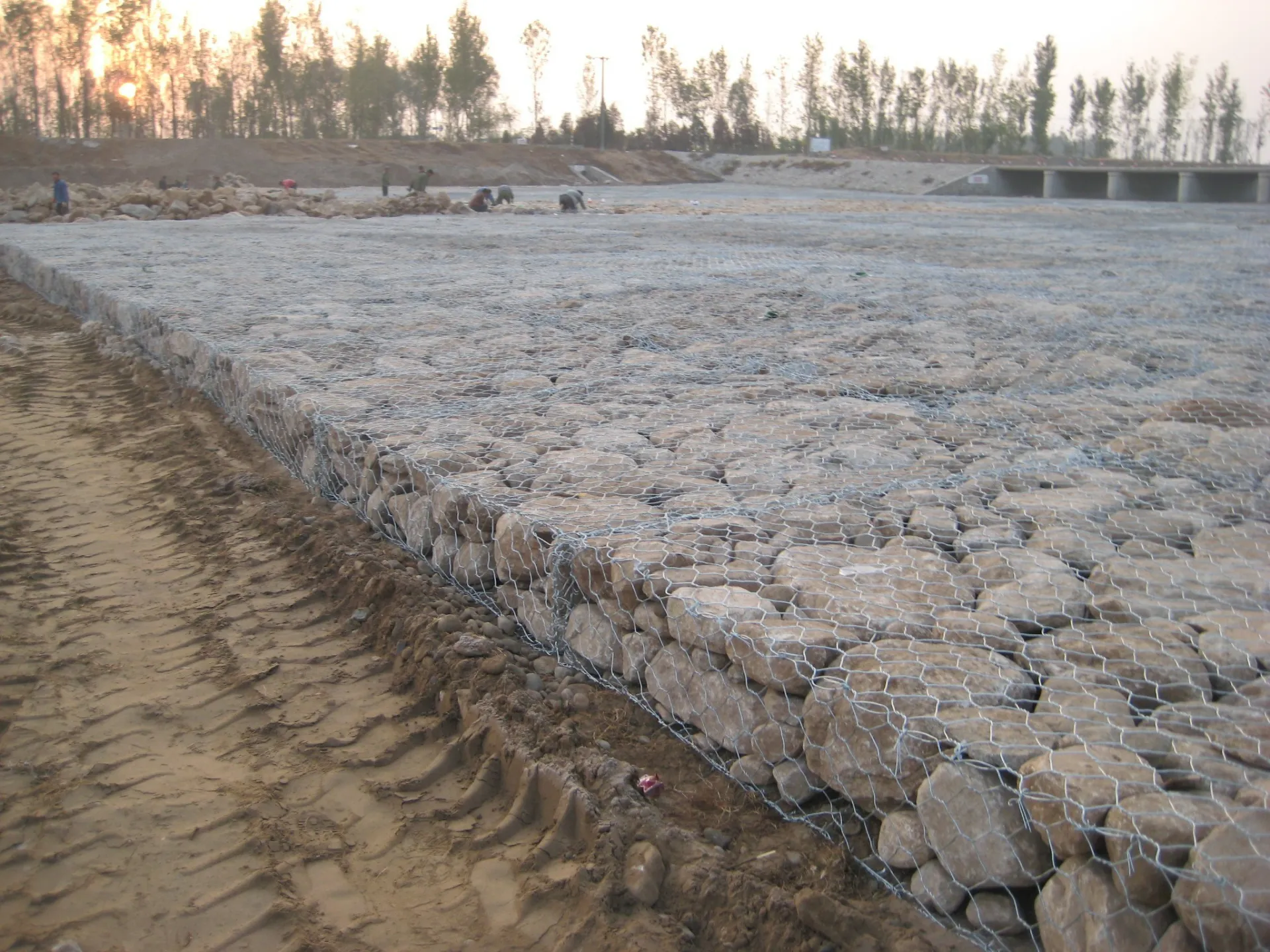-
 Phone:
Phone: -
 Email:
Email:

Understanding Baling Wire Gauge for Optimal Use in Agricultural Practices
Understanding Baling Wire Gauge Essential Insights for Effective Use
Baling wire is a vital component in various industries, especially in agriculture and recycling. It is used to secure bales of hay, straw, cardboard, and other materials, ensuring that they are compact and manageable. One of the critical aspects of baling wire is its gauge, which refers to the thickness of the wire. Understanding baling wire gauge is essential for selecting the right type for specific applications, as it directly impacts the durability, strength, and usability of the wire.
What is Baling Wire Gauge?
The gauge of a wire is a measurement of its diameter, with lower numbers indicating thicker wire and higher numbers indicating thinner wire. Baling wire is generally available in a variety of gauges, often ranging from 10-gauge to 16-gauge. The choice of gauge depends on the application and the amount of tension the wire will need to withstand. When securing bales, it is crucial to ensure that the wire is strong enough to hold the material together without breaking or stretching.
Importance of Choosing the Right Gauge
The correct baling wire gauge can enhance operational efficiency and safety. For instance, using a 10-gauge wire provides increased strength and is ideal for binding heavy loads like large bales of hay or cotton. Conversely, a 16-gauge wire might be sufficient for lighter materials or smaller bales. When the gauge is not appropriate for the task, it can lead to various issues, such as
1. Structural Integrity Using a wire that is too thin can result in insufficient strength, causing the wire to snap under pressure. This can lead to loose bales and potential loss of material.
2. Increased Labor If the wire is not strong enough, it may require more effort and time to secure the bales, ultimately increasing labor costs.
3. Safety Hazards Weak wire can pose safety risks in the workplace, as it may break suddenly, causing injury to workers or damaging equipment.
Types of Baling Wire
Baling wire comes in several types, each tailored for specific applications
. Common types includebaling wire gauge

- Galvanized Baling Wire This type is coated with zinc to prevent rust and corrosion, making it suitable for outdoor use, particularly in agricultural settings where exposure to moisture is common.
- Polyester Baling Wire Often used in recycling operations, polyester baling wire is lightweight and resistant to moisture. It is especially beneficial for binding materials like paper and plastic.
- Stainless Steel Baling Wire While more expensive, stainless steel offers superior strength and resistance to corrosion. It is ideal for applications where durability is paramount, such as in high-stress environments.
Selecting the Right Baling Wire Gauge
Choosing the right baling wire gauge involves evaluating several factors
1. Material Type Assess the materials being baled. Heavy materials will necessitate a thicker gauge, while lighter items can be secured effectively with thinner wire.
2. Bale Size The size of the bales also influences wire selection. Larger, denser bales will require a wire that can withstand greater tension.
3. Environmental Conditions Consider the environment in which the bales will be stored or transported. If exposure to moisture is likely, opting for galvanized or polyester wire can be beneficial.
4. Frequency of Usage If baling is a regular activity, investing in higher-quality, heavier gauge wire may provide better long-term results.
Conclusion
Understanding baling wire gauge is essential for anyone involved in baling operations, whether in agriculture, recycling, or other industries. The right gauge ensures strength, safety, and efficiency, ultimately enhancing productivity and operational costs. By considering the material type, bale size, environmental conditions, and usage frequency, operators can make informed decisions that align with their specific needs. As industries continue to evolve, mastering the nuances of baling wire will remain a crucial skill for professionals looking to optimize their processes.
-
Wire Mesh for Every Need: A Practical SolutionNewsJul.25,2025
-
Steel Fences: Durable, Secure, and Stylish OptionsNewsJul.25,2025
-
Roll Top Fencing: A Smart Solution for Safety and SecurityNewsJul.25,2025
-
Cattle Farm Fencing Solutions for Maximum SecurityNewsJul.25,2025
-
Affordable Iron Binding Wire SolutionsNewsJul.25,2025
-
Affordable Galvanized Wire SolutionsNewsJul.25,2025
-
Wire Hanger Recycling IdeasNewsJul.25,2025








